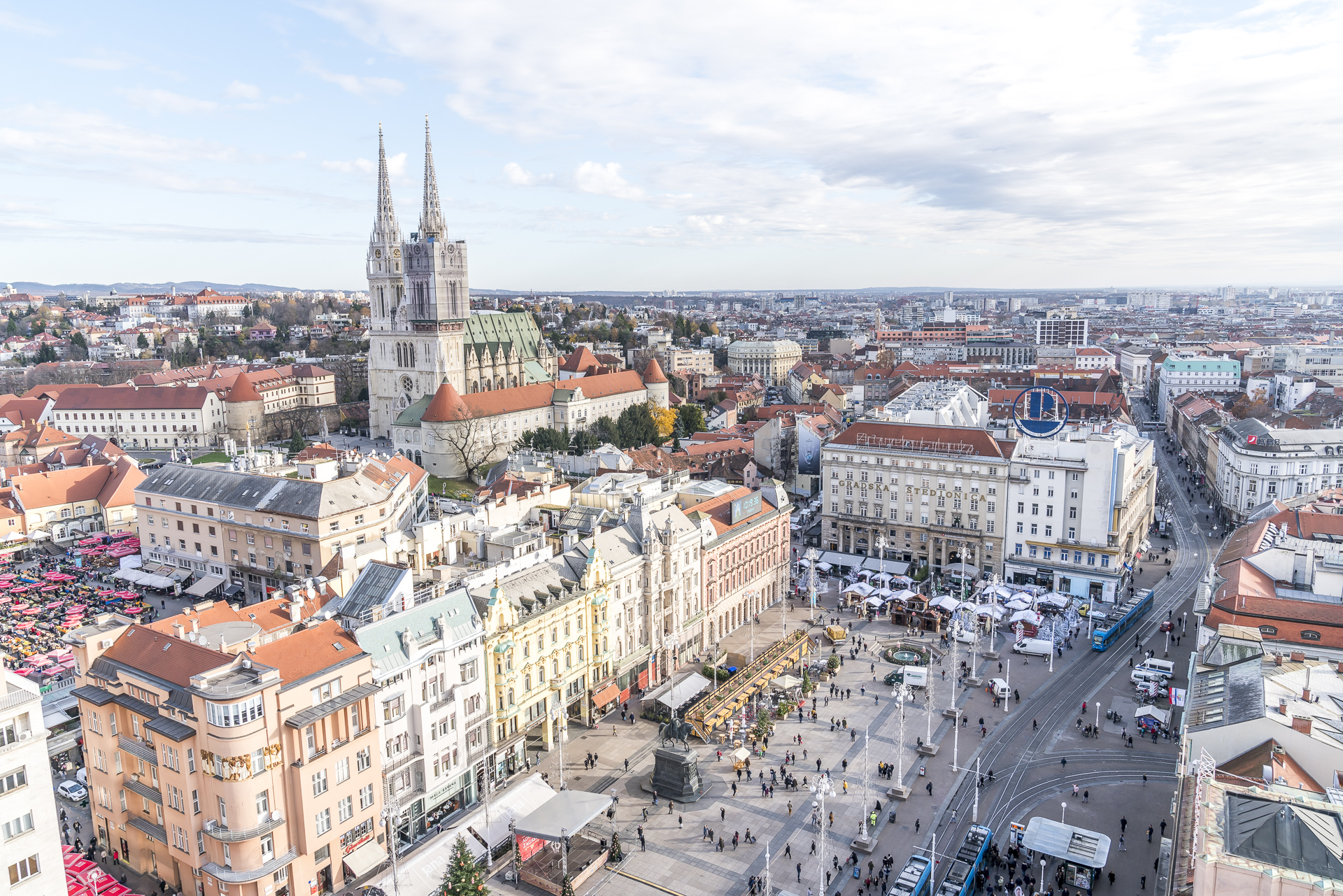
Our top tips and sights in Zagreb
A city trip to Zagreb has been on my bucket list for ages. But you can also imagine how my travel idea list is supplemented with a new flash of inspiration every now and then and some destinations have to be patient until they finally get their turn. Originally, I had planned to link Zagreb with Bratislava and Vienna and thus take a nice city-hopping train tour through our eastern neighbors.
Due to construction work on the Arlberg and the associated booking difficulties with the night train, we quickly rearranged our travel plans and postponed Zagreb as a destination until the beginning of December. So we were not only able to eat our way through the Croatian capital without regard to calories, but at the same time experience the charm of the Advent season in Zagreb.
7 tips for visiting the Croatian capital
Arriving by night train: Zurich-Zagreb direct & comfortable
Zagreb is one of a handful of destinations that are served directly (and extremely comfortably) from Zurich by night train. The EN 40465 offers a daily connection from Zurich to Zagreb Glavni Kolodvor (Zagreb Central Station) via Innsbruck – Villach – Ljbuljana. The service is provided by the Austrian night train network “ÖBB Nightjet“, which cooperates with the Croatian Railways HŽ on this route.
The connection is shown in the SBB timetable. For an uncomplicated online booking, however, you can consult the ÖBB ticket portal. There you can buy the right ticket in just a few clicks.
You can choose from the following options:
- Sparschiene Nightjet partner – fixed, time-bound booking with no cancellation option
- Comfort ticket Nightjet partner – can be cancelled free of charge up to 15 days in advance

In addition, you can choose between a seat in the seat car, couchette car or sleeping car. While the couchette car has a choice of 6-seater and 4-person compartments. Are there 3-, 2-, or 1-person compartments in the sleeping car?
If you are travelling as a couple and want the maximum possible sleeping comfort, then I recommend booking a 2-person sleeper compartment. Depending on the time of booking and lead time, the costs are within a reasonable range. The two of us paid a total of 449.60 euros for a round trip in the sleeping car (Sparschiene ticket in the 2-person sleeping car compartment).
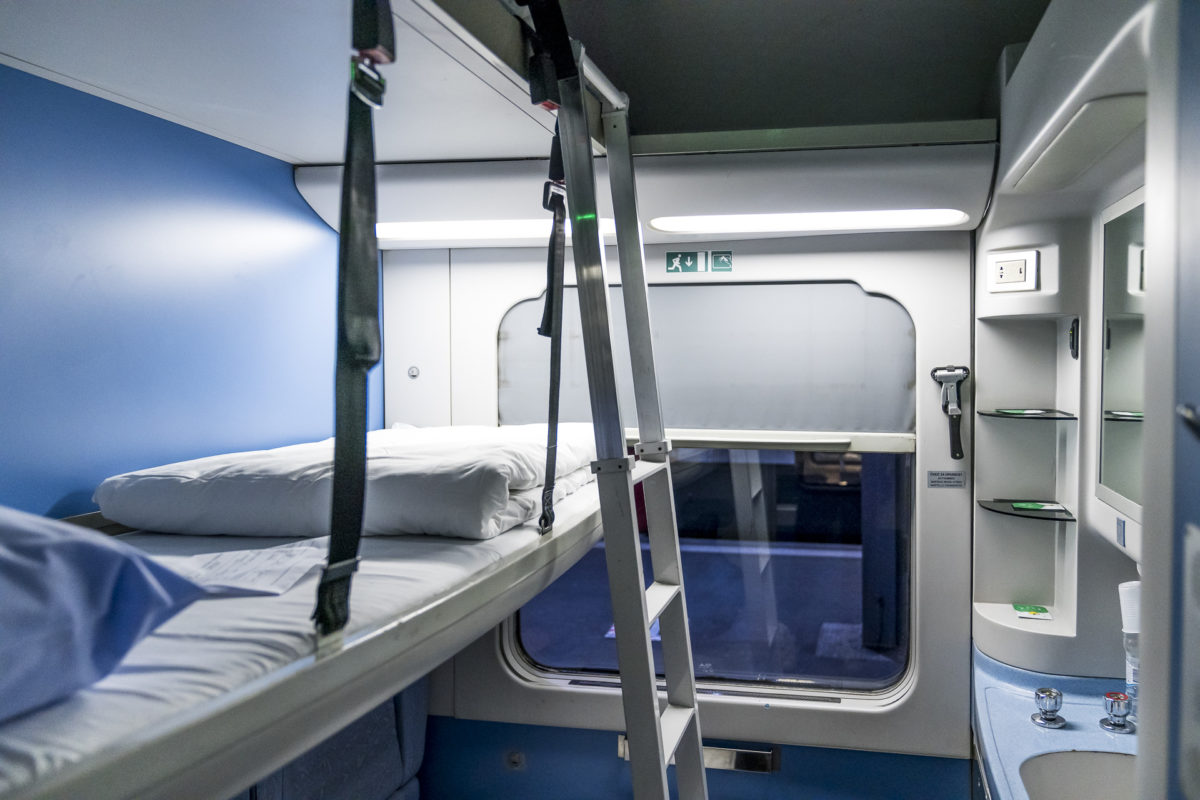
2. Marvel at the sights in Zagreb “from above”
Find the best restaurants, visit at least one museum and, if possible, see the city from above; these three things are part of the program for me on every city trip. And so, of course, we also did some research in Zagreb in advance to find out where the best vantage points were. In total, we found three great view points.
The first viewpoint is located in the northern area of the Old Town behind the Zagreb City Museum and is accessible free of charge. The «Zagreb Observatory» offers a beautiful view of Zagreb Cathedral and the surrounding old town buildings.
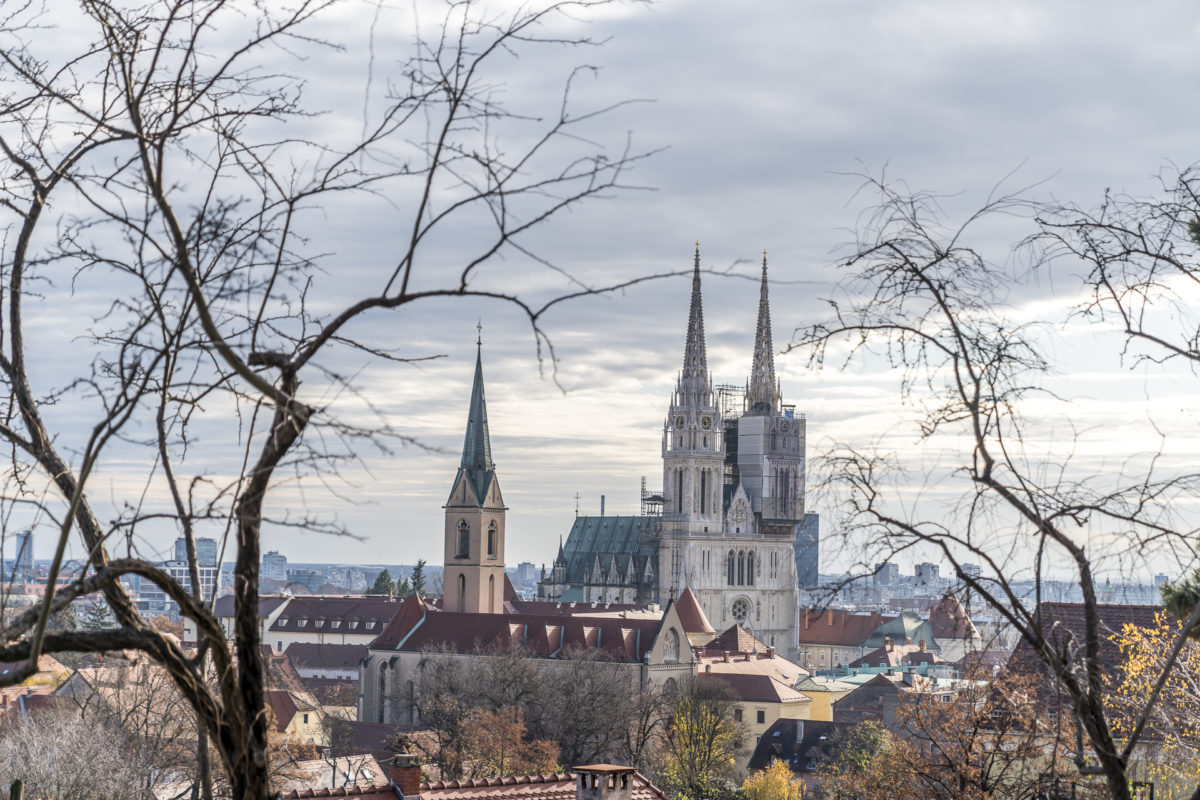
Less than a 10-minute walk away is the former defensive tower called Lotrščak. Not only is a cannon fired here every day at noon, but a great panoramic view of Zagreb is offered. The entrance fee to the Lotrščak Tower is 20 kuna* per person *(note that the prices in this post are no longer up-to-date due to the introduction of the euro at the beginning of 2023).
A creaking wooden staircase leads us up to the viewing platform, which we reach shortly before sunset. I would think this is perfect timing for visiting Zagreb’s landmarks.
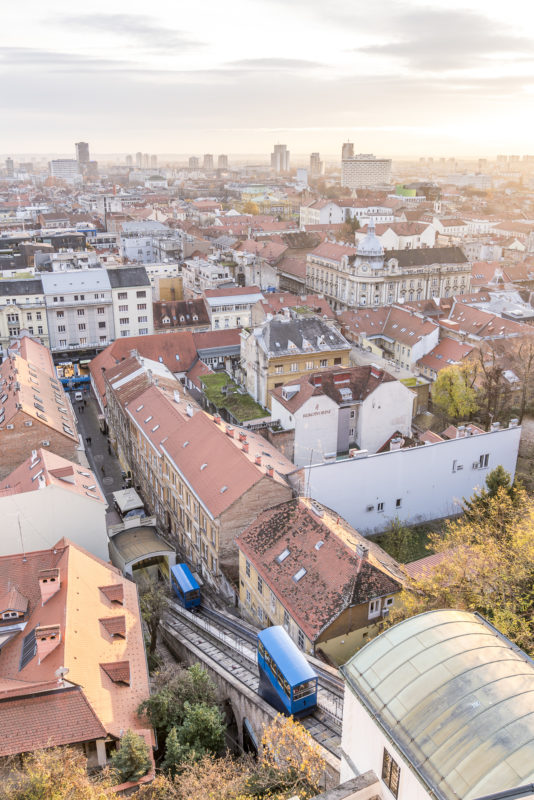
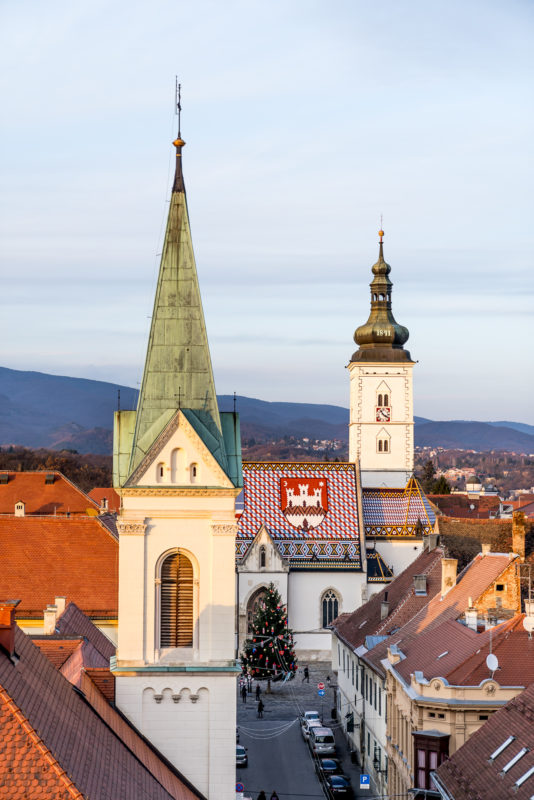

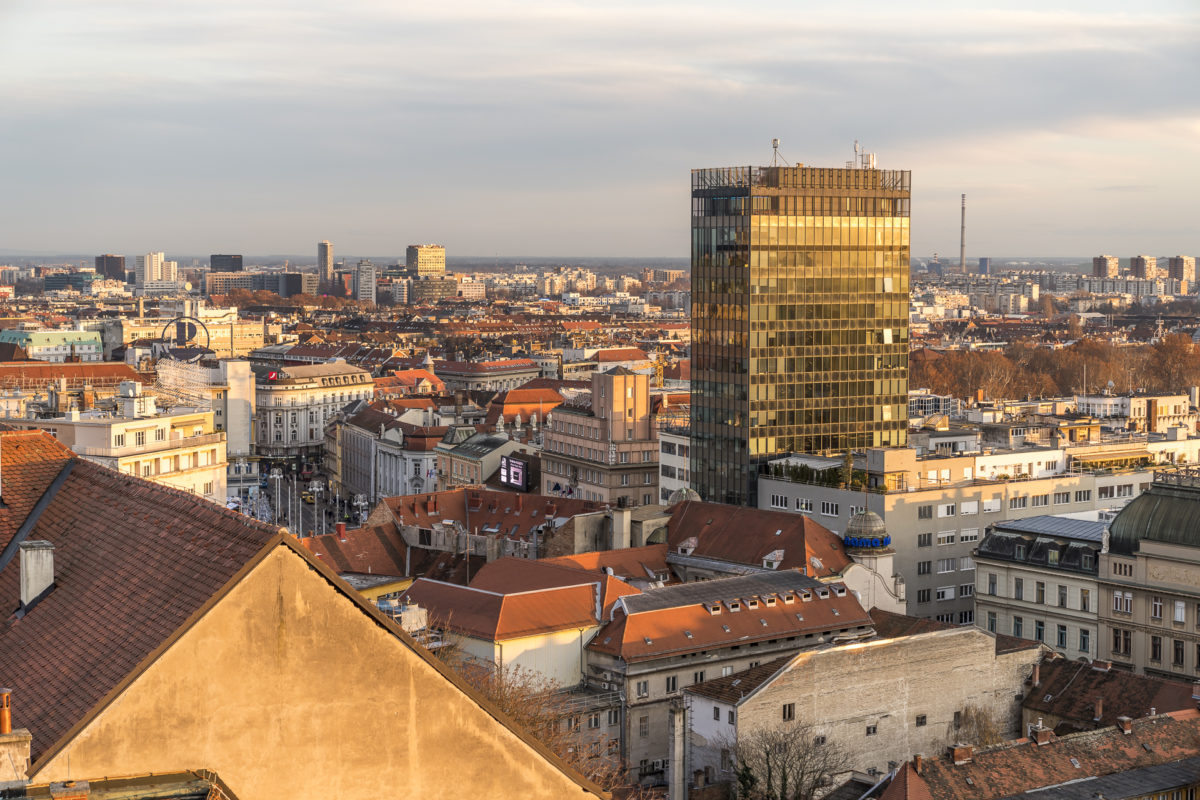
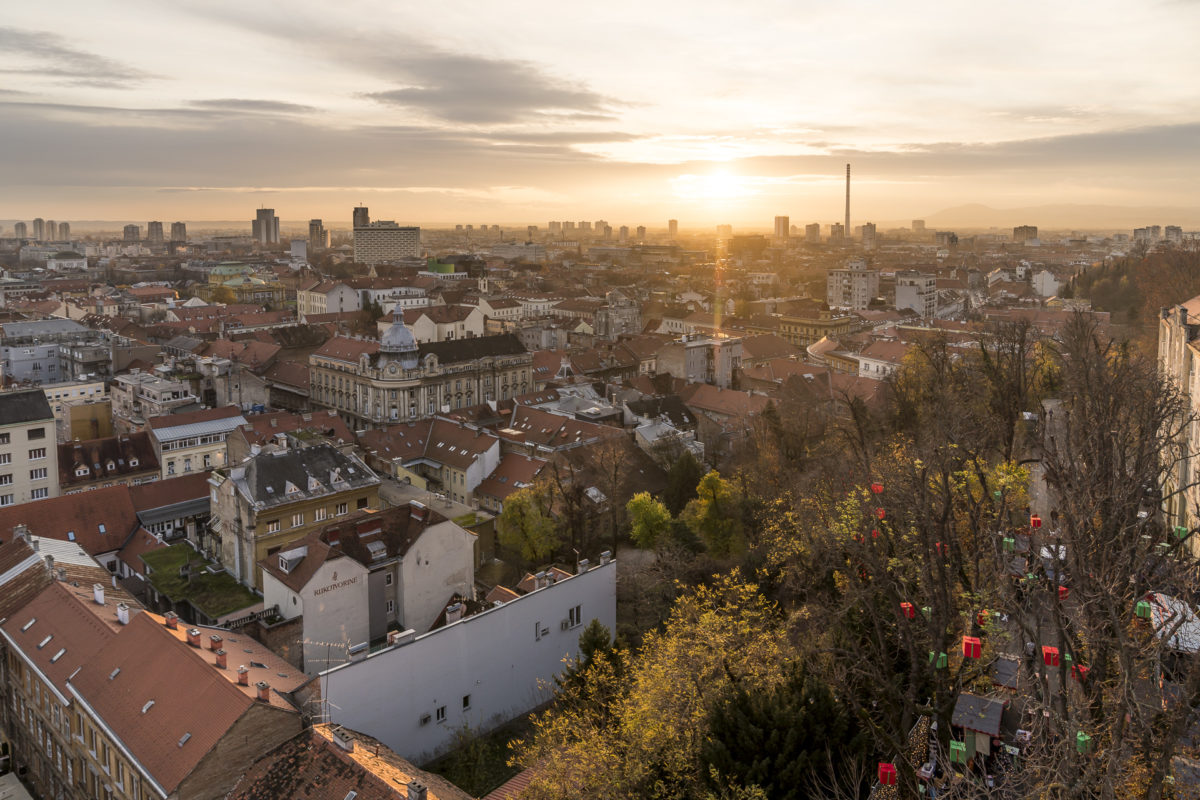
A visit to Zagreb’s most popular viewpoint, the “Zagreb 360° Observatory deck“, in the city centre, right next to the main square, is more expensive. The entrance fee is 60 kuna* for adults. To be fair, the panoramic view of the city is definitely the best in a cross-comparison. You’ll also find a casual lounge atmosphere up here with comfortable armchairs and tables with integrated board games – perfect for lingering a little longer on a rainy afternoon.
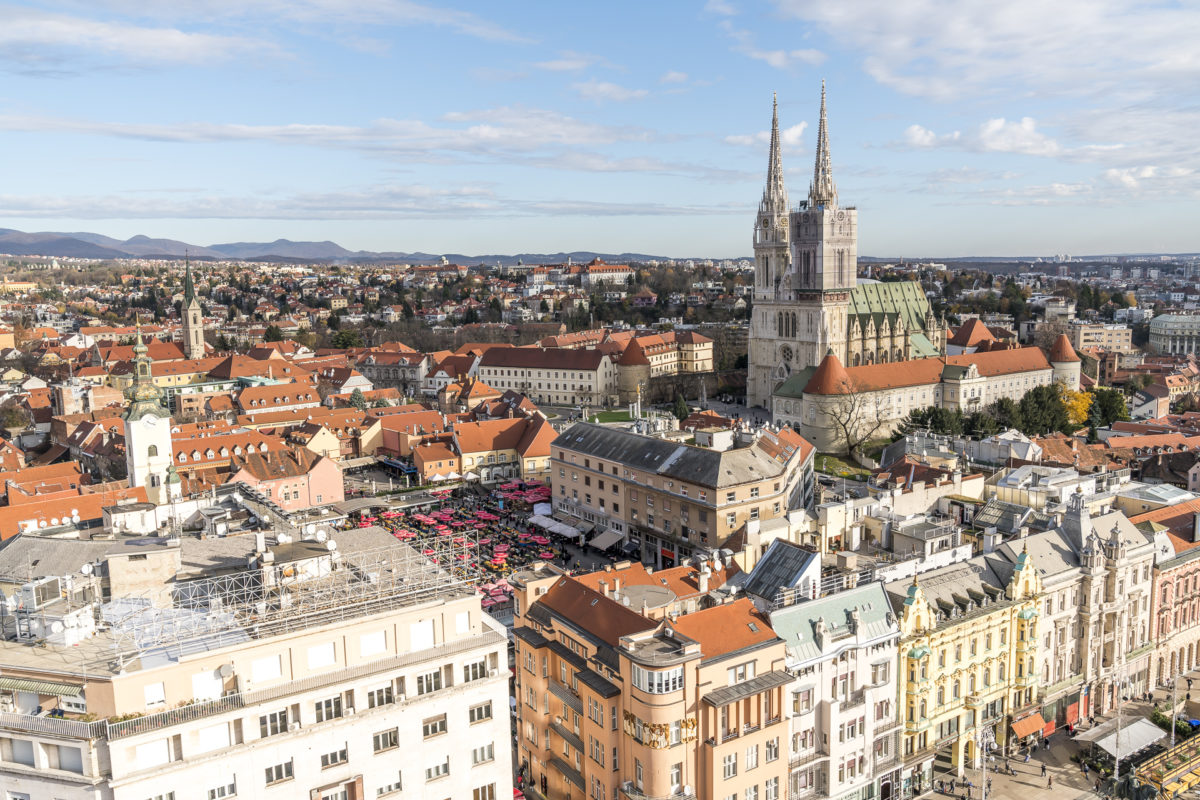

3. Stroll through Dolac Market
I’m sure you’ve spotted the eye-catching red umbrellas from the Zagreb Observation Deck. These are part of the farmer’s market, which takes place daily in the morning (until approx. 1:00 pm) in the Gornji Grad – Medveščak district. The Dolac Market presents itself in a traditional form with open stalls as well as adjoining halls where meat and fish products are sold.
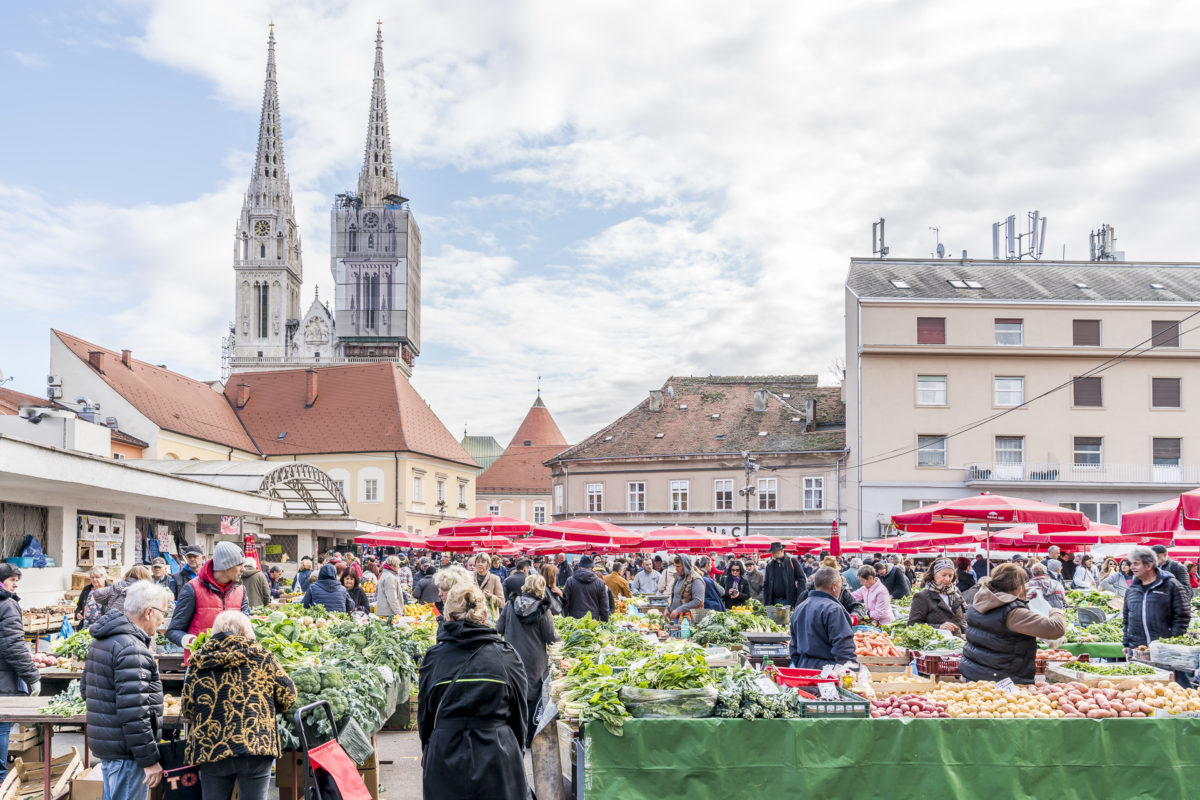
Strolling through the market, I immediately feel transported back to the market halls of Tashkent or Almaty and find it fascinating how these simple farmers’ markets have been able to survive in the former Soviet states to this day and still form an integral part of city life.
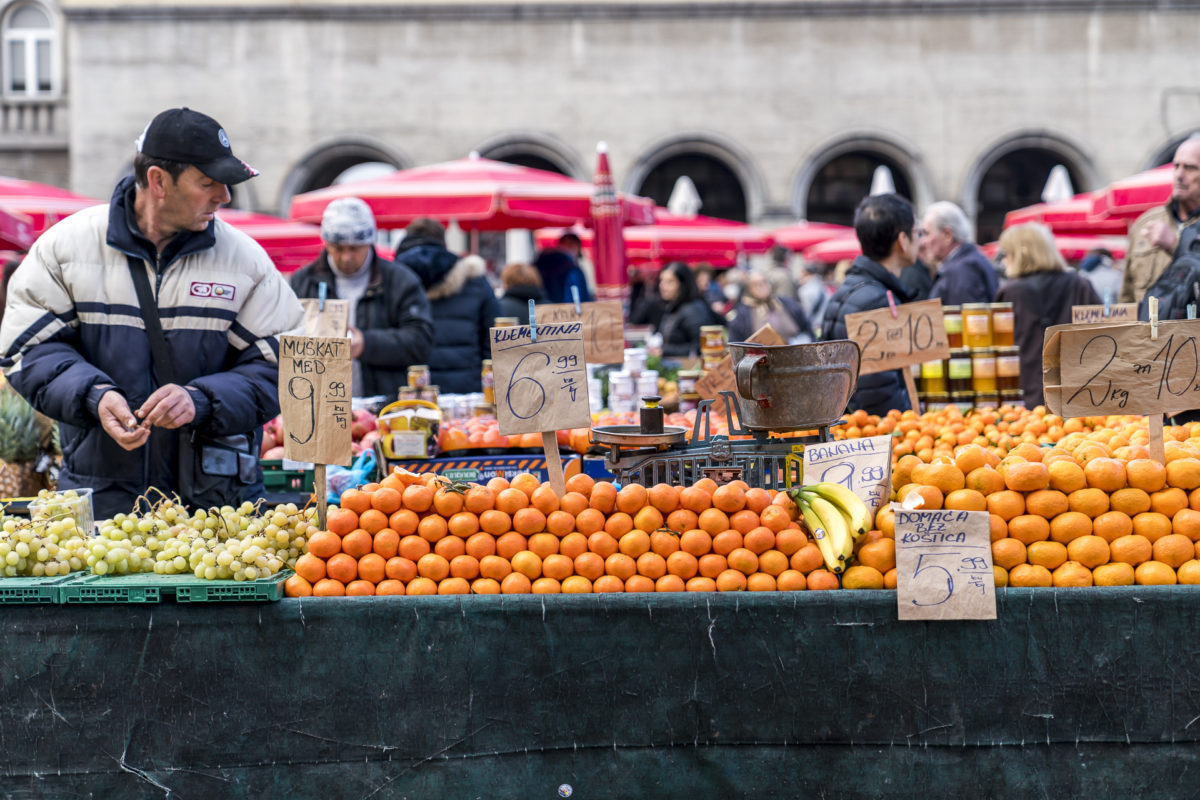

4. Curiosities & Imposing: Discover Zagreb’s Museums
Zagreb’s most famous museum is located right next to the Lotrščak Tower in the Old Town. The Museum of Broken Relationships is dedicated to memorabilia and anecdotes of former love affairs. The stories about the former proofs of love make me (and probably also some other visitors) melancholic during the tour. From wedding dresses to bras to tape recordings, there are many curiosities but also thoughtful stories to discover.
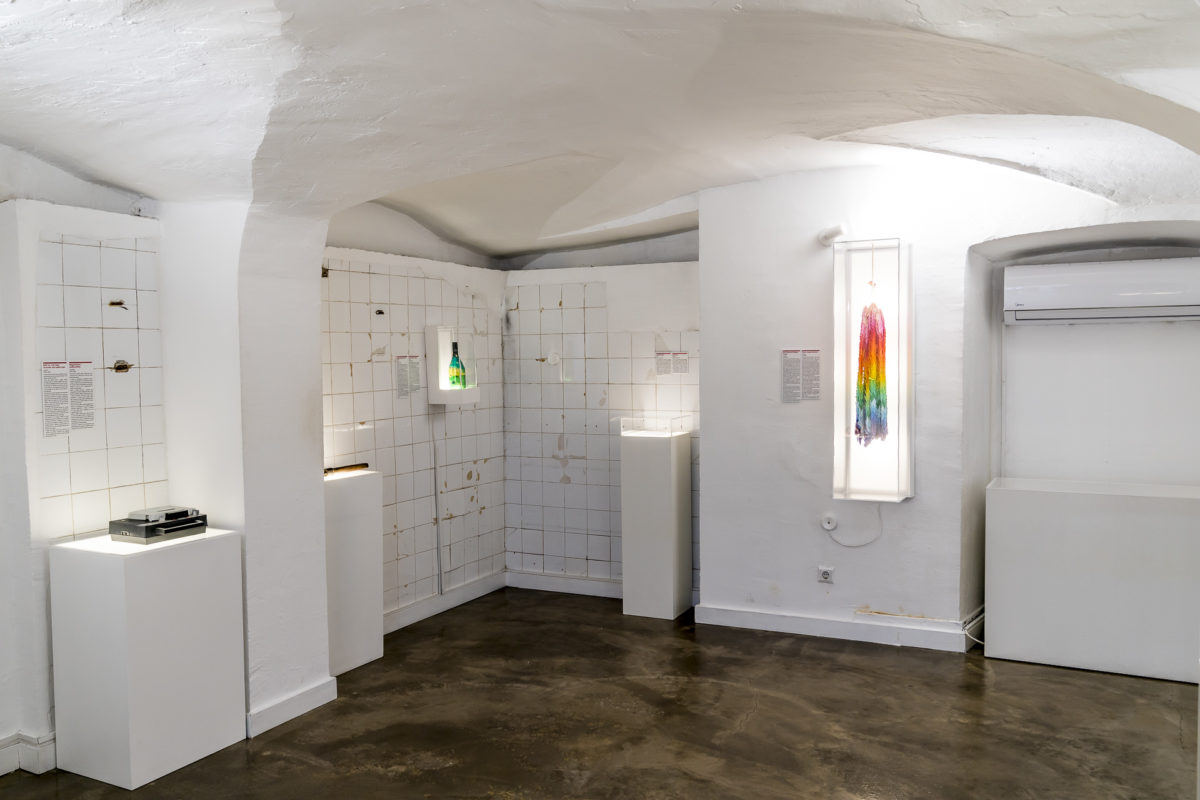
The Croatian Society of Fine Arts also tells a moving story. Designed by architect Ivan Meštrović at the end of the 1930s, the circular exhibition hall was converted into a mosque during the period of collaboration between Croats and nationalist Germany.
In the 1955s, in the course of the Communists’ seizure of power, it was converted into the Museum of the Revolution, until after the Croatian War in the mid-1990s, the artists’ association returned to its place of origin. In addition to a brief outline of Croatian history, there are also exciting contemporary exhibitions to admire here again and again. During our visit, everything was under the sign of the new Leipzig School.
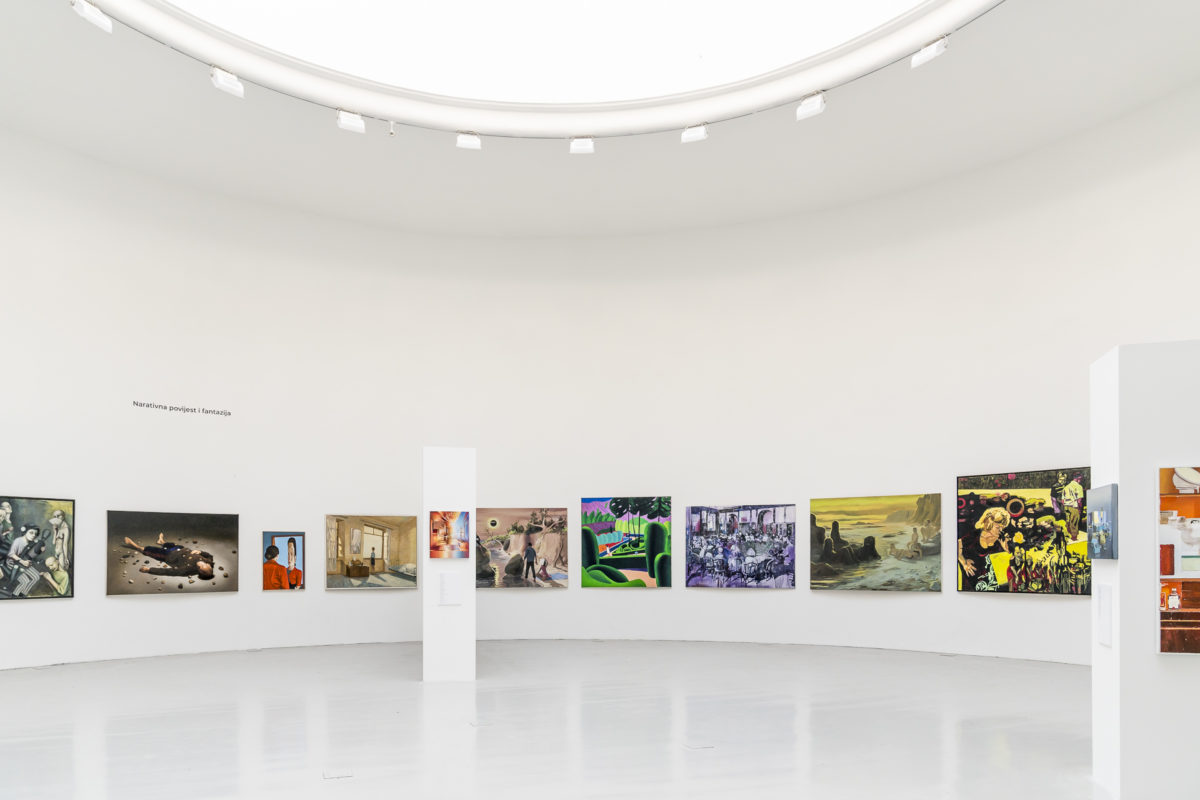
A gem in which we were unfortunately not allowed to take pictures inside is the Zagreb Art Pavilion. It is the oldest art museum in Croatia and the spatial effect is phenomenally beautiful! The exhibitions also change here at regular intervals – but I think it’s worth a visit here just to take a look at the one-storey exhibition hall.
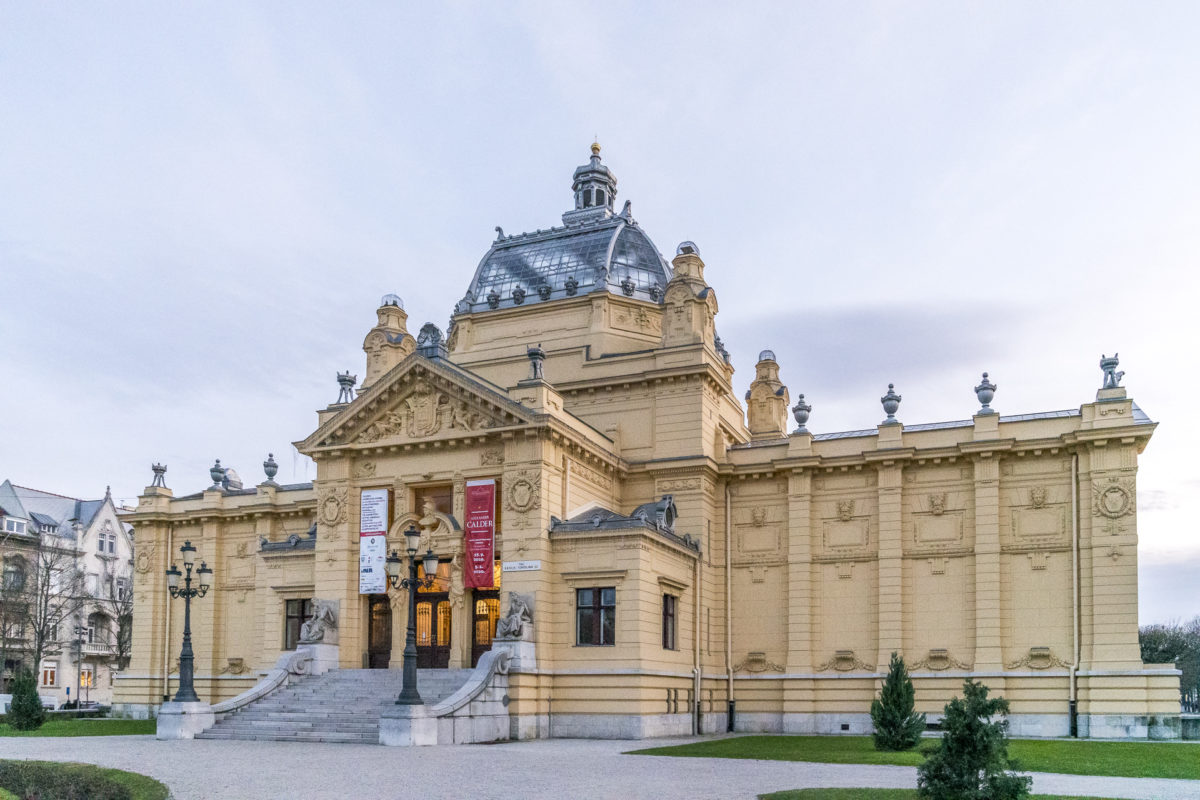
South of the main train station is the imposing Museum of Contemporary Art Zagreb. Depending on the weather/season, you can complete the route on foot or you can take public transport (tram/bus) to the “Muzej suv.umjetnosti” stop. The modern museum building was inaugurated in 2009.
Unfortunately, when we visited in December 2019, only a temporary exhibition was open. The collection was not accessible due to a complete reorganization – it’s best to check the official website in advance to find out what’s currently going on (so that the detour to the southern suburbs is really worthwhile).
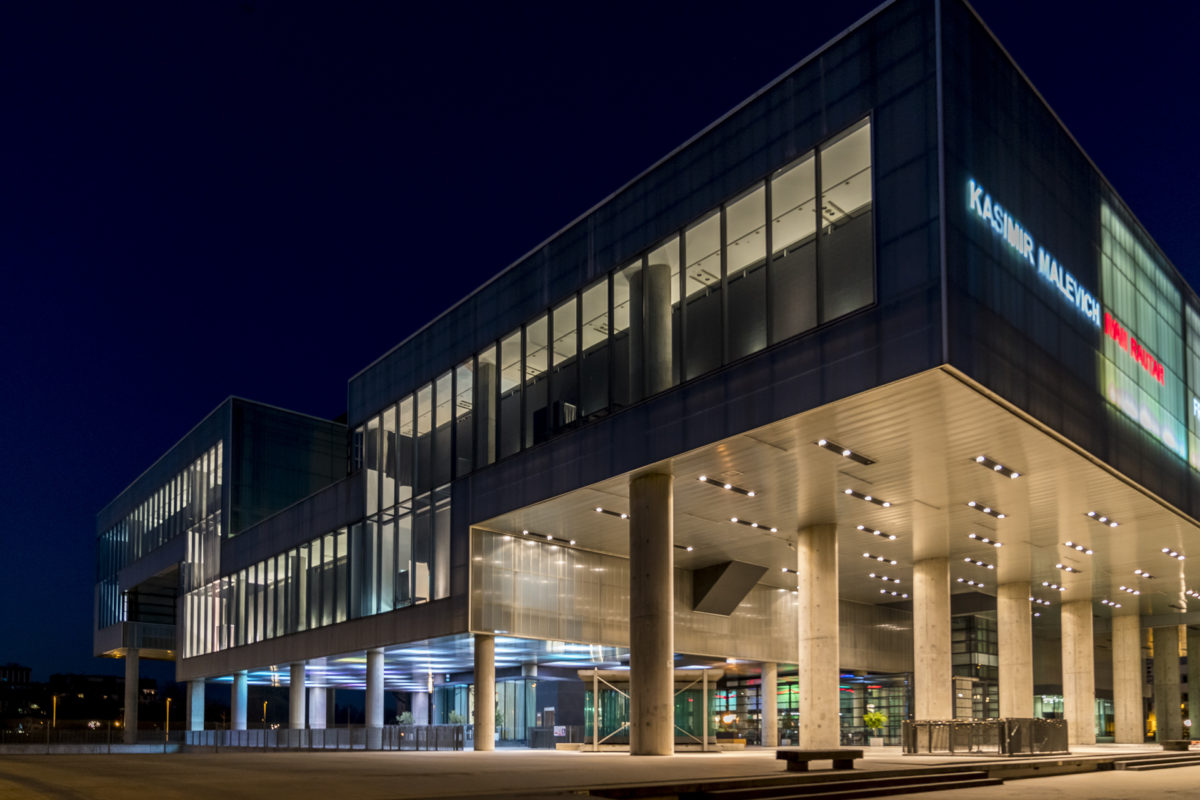
5. Take a walk through the Mirogoj Cemetery
Around the old town of Zagreb there are some beautiful parks that invite you to take a walk. These include the extensive botanical garden in the city centre. Unfortunately, it is closed during the winter months.
If you still feel like going for a walk in the countryside, I recommend a detour to the Mirogoj Cemetery in the north of the city. Zagreb’s Central Cemetery is designed as a harmonious park and houses many graves of well-known Croatian personalities. The entrance gates (Mirogoj Arcade) to the cemetery can be reached from the Old Town (Kaptol stop) by bus line 203 in less than 10 minutes.
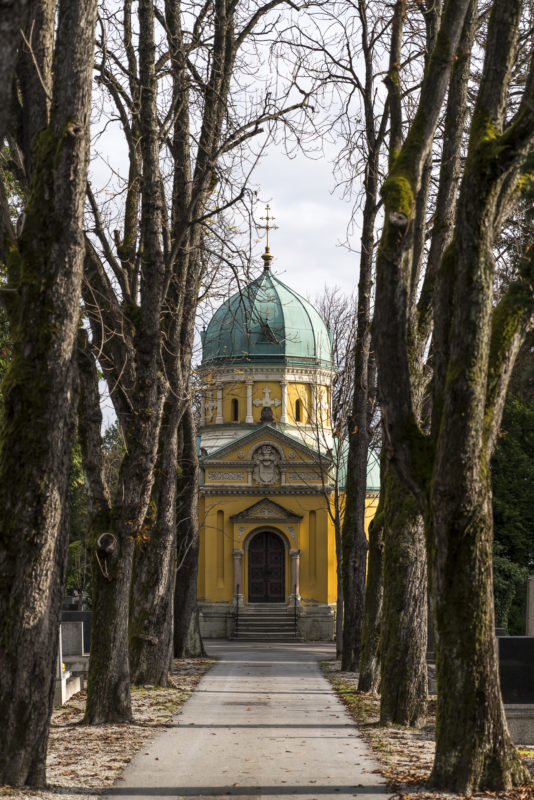
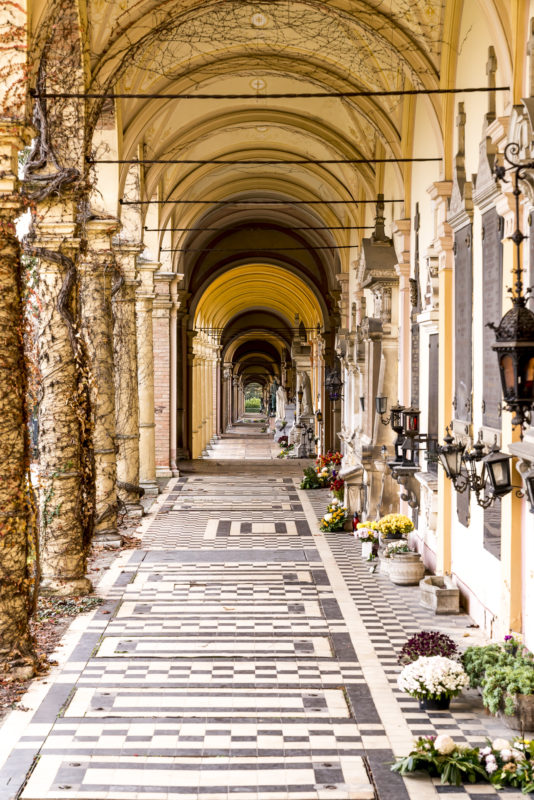
6. Fine dining: taste the New Croatian cuisine
We were already addicted to Croatian cuisine during our trip to Istria in autumn 2016. Olive oil, wine and truffles – the Croatians are proud of their great products and know how to use them skilfully in the kitchen. You can taste (and buy) some of these delicacies at Heritage Croatian Street Food & Shop. The small bistro can only accommodate around 6 to 8 guests. Outside seating is also kept to a minimum. We were lucky enough to get a seat in the early afternoon and toasted the weekend with a locally brewed beer, a glass of Malvasia and a Croatian “Plättli”.
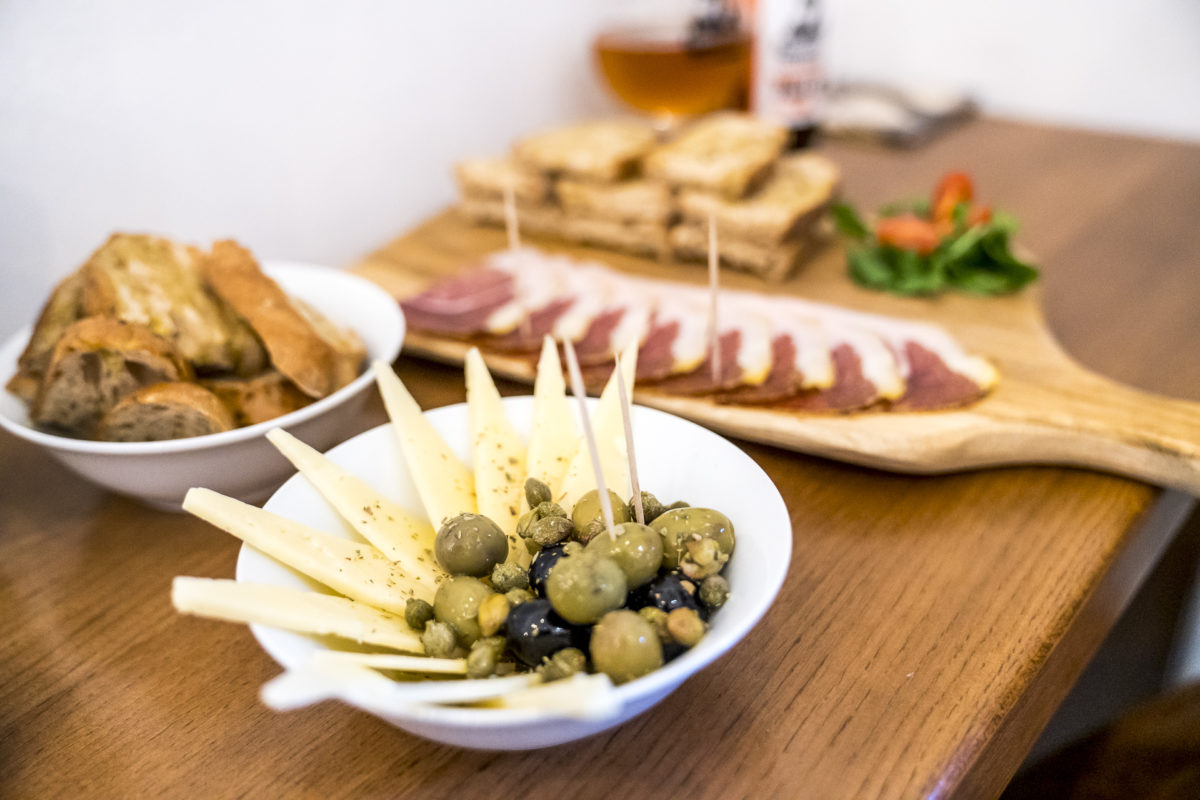
My number 1 is Restaurant Nav, tucked away on the first floor of a nondescript backyard shed. Opened at the beginning of 2019 as a new project by Tvrtko Šakota – one of the country’s top chefs – Nav has quickly become an insider tip among foodies. Even though there are only three tables in the restaurant at lunchtime, Tvrtko Šakota dismisses all walk-ins. His concept is based on a carefully curated seasonal menu that is precisely tailored to the number of registered guests. At lunchtime, a 7-course menu is served for 490 kuna* (around 70 CHF). In the evening, you can choose between 10 or 12 courses (690 kuna*/790 kuna*). From the tables you have a view of the semi-open kitchen and the chef himself serves his creations. I give him a wreath for his creative combinations and the stringent focus on Croatian products.
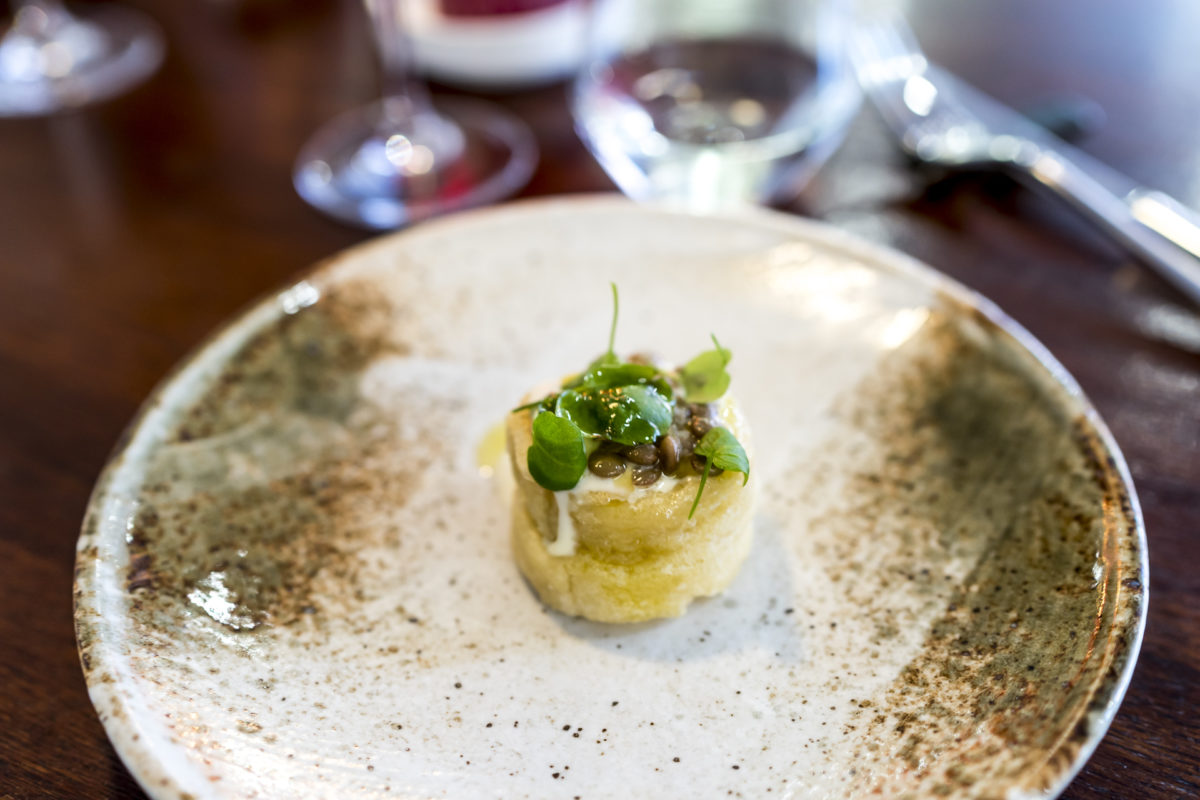
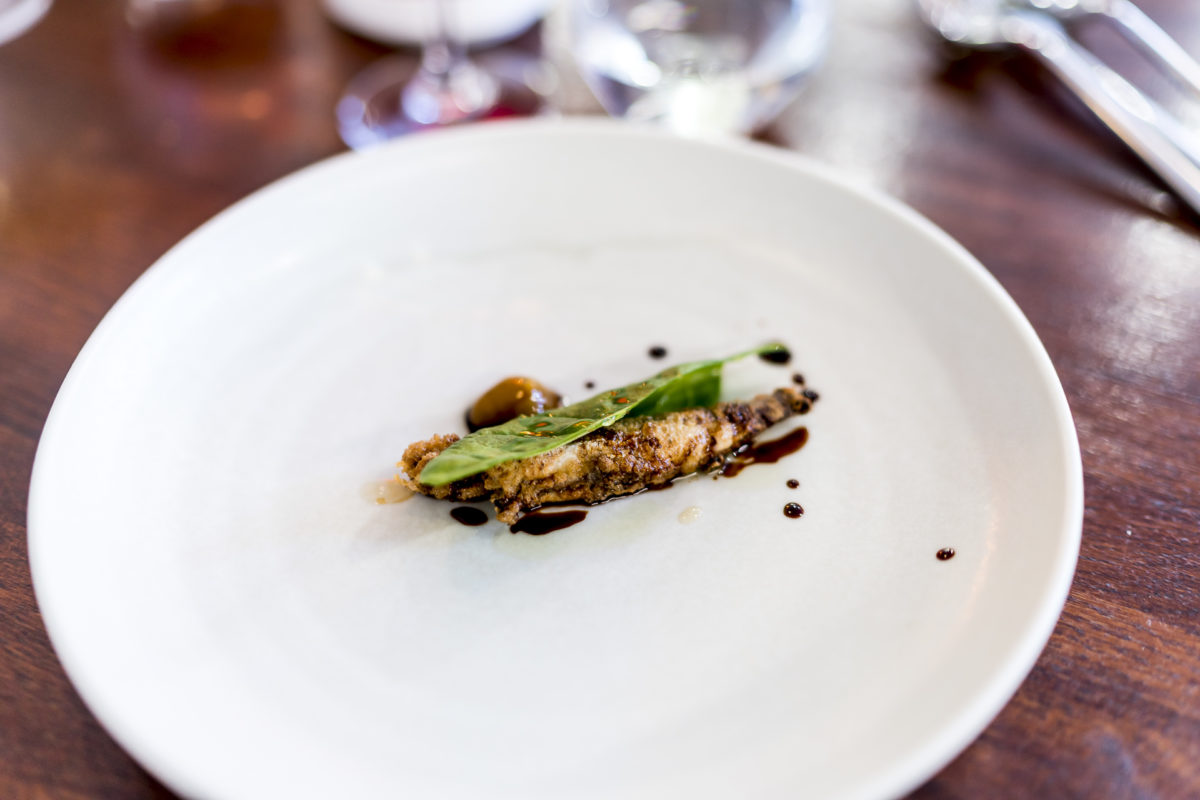
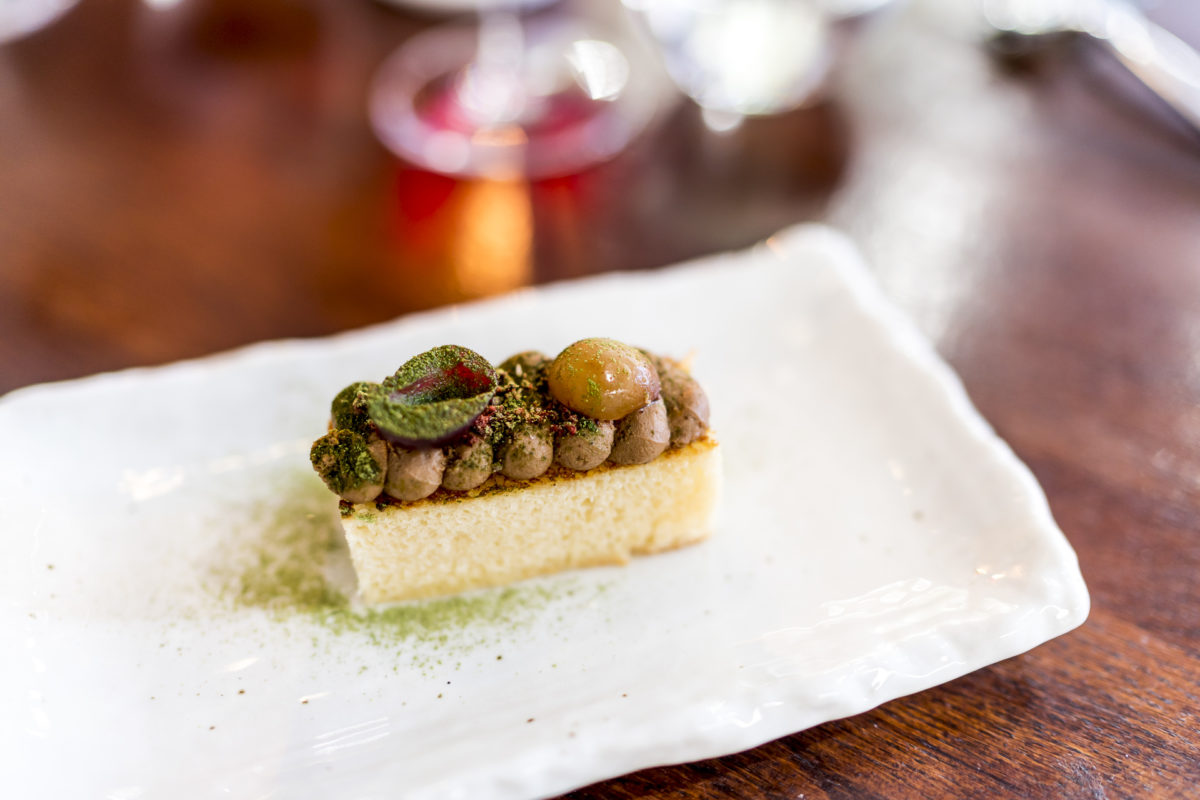
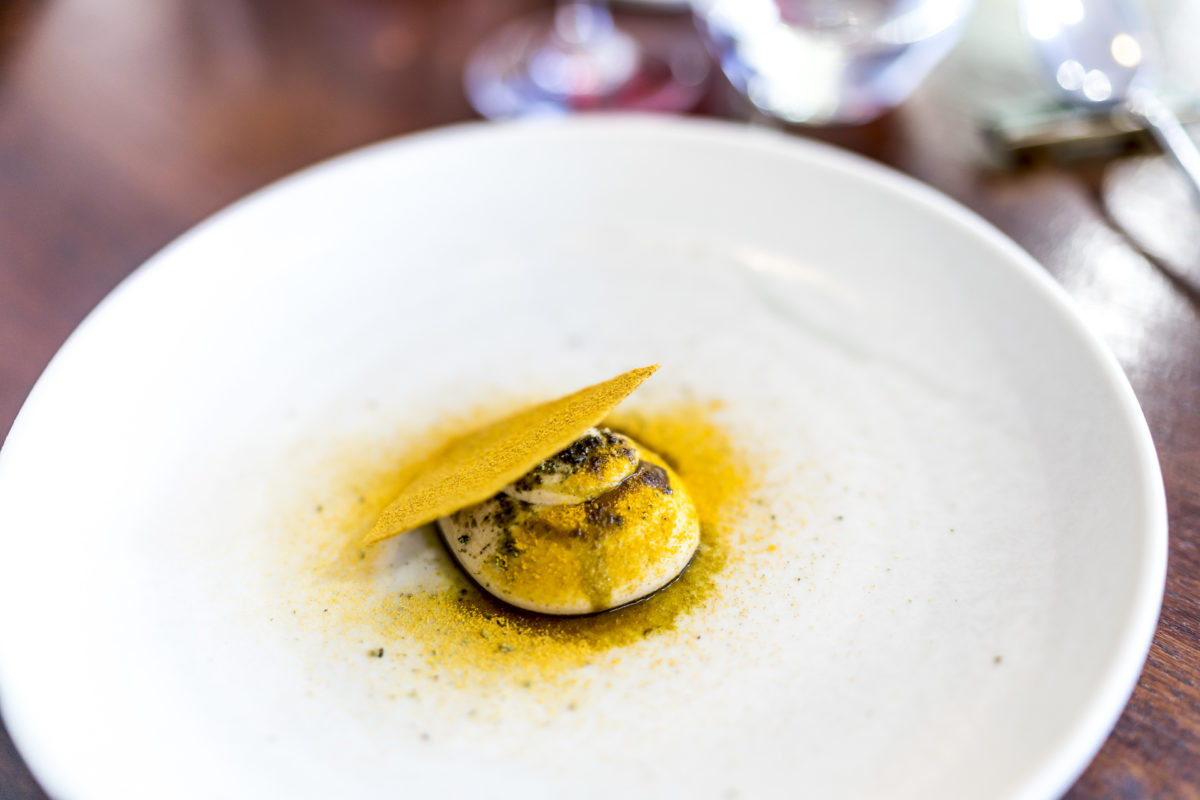
My number 2 is Zagreb’s number 1 in the Michelin Guide. At the beginning of 2019, Restaurant Noel joined the guild of just 5 1-star restaurants in Croatia. Considering the numerous excellent restaurants in the country, this is a surprisingly modest number. So, of course, we were curious to see if the Noel restaurant would be the clear high-flyer for us as well. You can choose between a 4- or a 7-course menu for 550 kuna*/or 780 kuna*.
The first course “Istrian cheese in multiple textures” makes us smile – was anyone inspired by Bottura (or maybe it was even the other way around). Who knows…
The casual ambience can’t hide the fact that, according to my taste, not all dishes are equally finely coordinated. For example, I found the “Variations of Paprika” surprisingly bland. On the other hand, the main course – usually my problem child – is able to inspire both visually and in terms of taste. All in all, it was a great evening – but it couldn’t keep up with the Nav in terms of the overall experience.
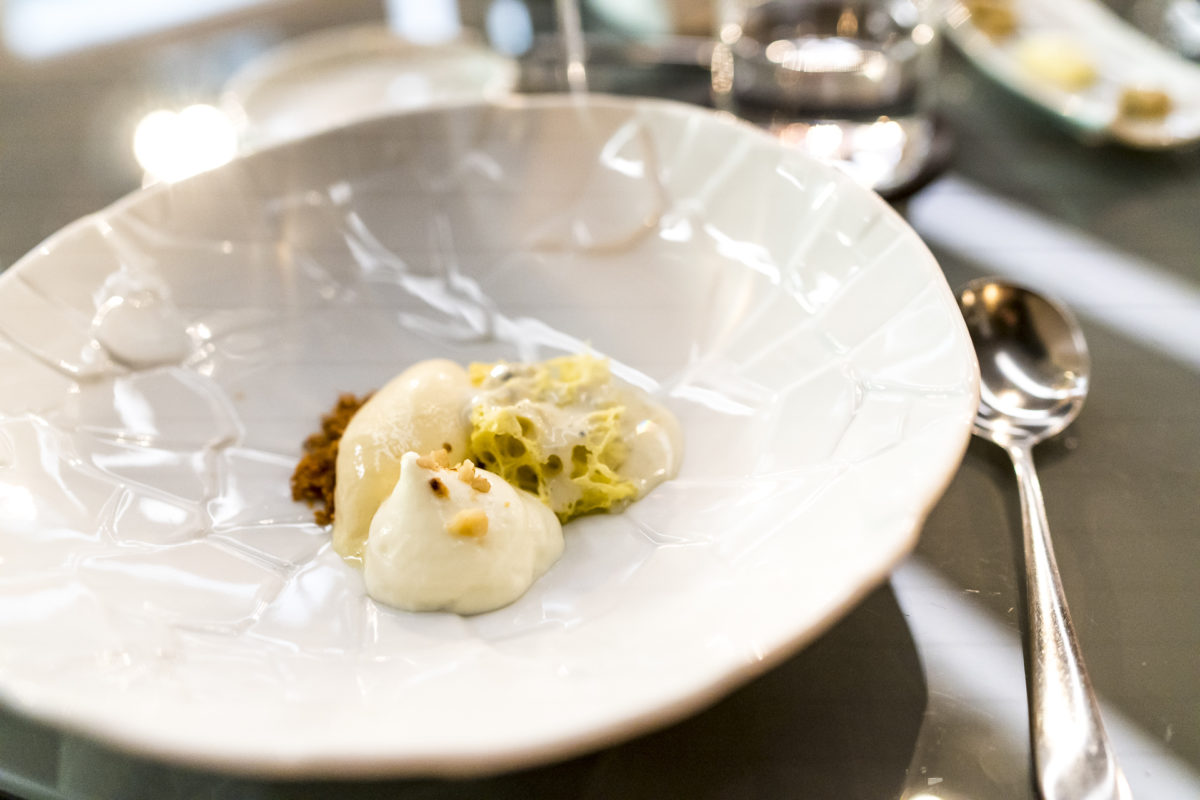
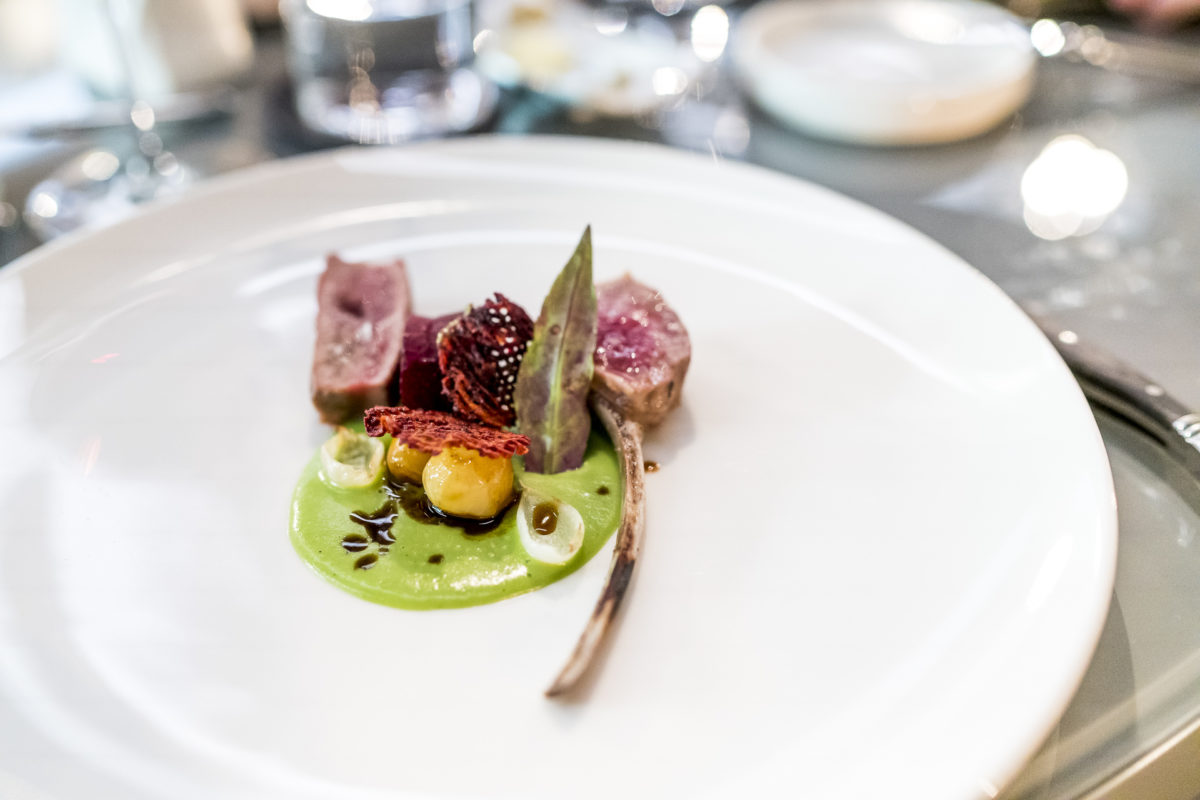
If, like us, you make a detour to the Central Cemetery on Sunday, I can recommend lunch at the Bistro Apetit by Marin Rendic afterwards. This gourmet restaurant is located in the middle of a residential area north of the old town and serves both à la carte dishes and multi-course menus at a high level. Due to its somewhat hidden location, hardly anyone gets lost here by chance, which makes for an intimate atmosphere. Perfect to end an enjoyable weekend in Zagreb.
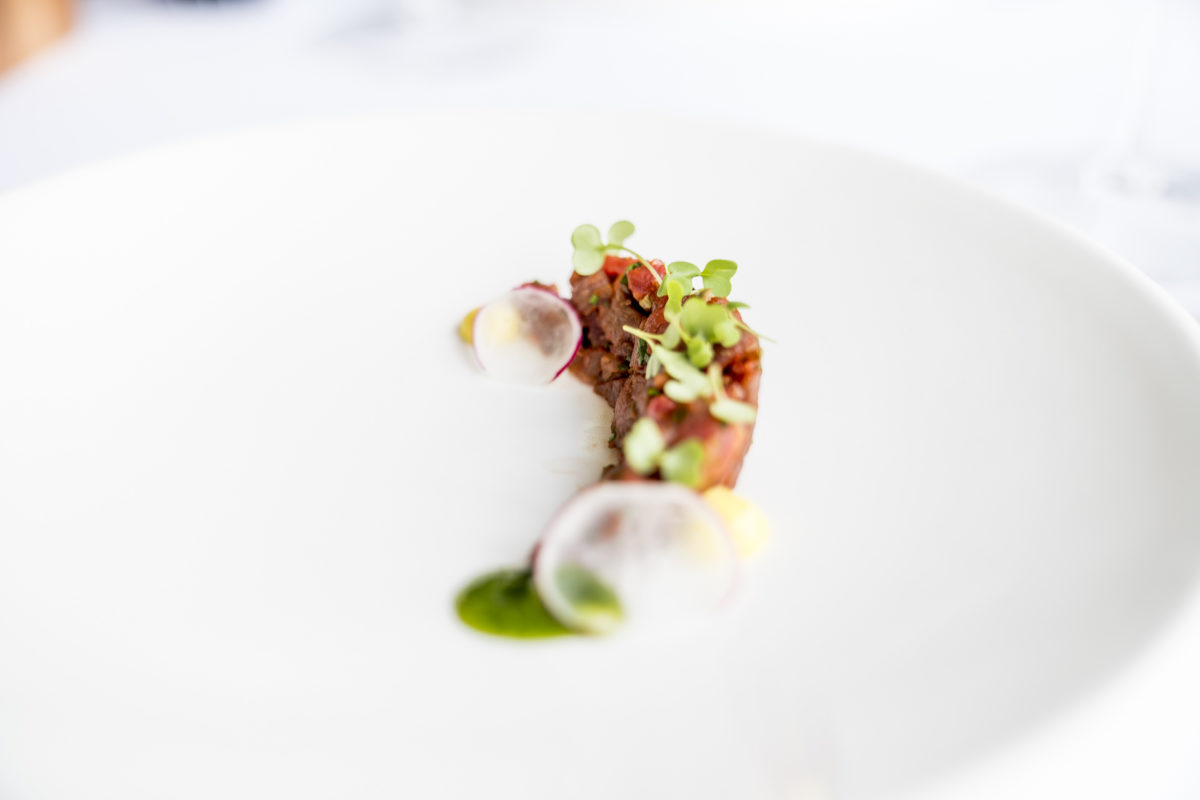
In addition to these three gourmet restaurants recommended here, we also tested Zinfandel’s in the Hotel Esplanade – which, according to the Gault Millau restaurant guide, is one of the best restaurants in Zagreb along with Bistrot Apetit. We, on the other hand, didn’t warm up to the Zinfandel’s. Personally, I think the ambience is terrible and the concept with three totally different menus didn’t particularly appeal to me either. In addition, Zinfandel’s is the most expensive of the four restaurants we tested. I’d rather try the Agava or the Trilogija instead next time.
7. Visit Zagreb during the Advent season
Zagreb’s Christmas market is one of the most beautiful in Europe and has become a popular destination during the Advent season in recent years. We chose the first weekend of Advent for our weekend trip to Zagreb and were pleasantly surprised that the number of visitors is (still) within a manageable range.
Between 30 November and 7 January, the Christmas markets and events are spread across the city centre to various squares and parks. A highlight are the numerous food stalls, where you can criss-cross all kinds of delicacies. Also not to be missed are the stalls along the Strossmayer Promenade – here you can enjoy a free view of the sparkling city centre with mulled wine.
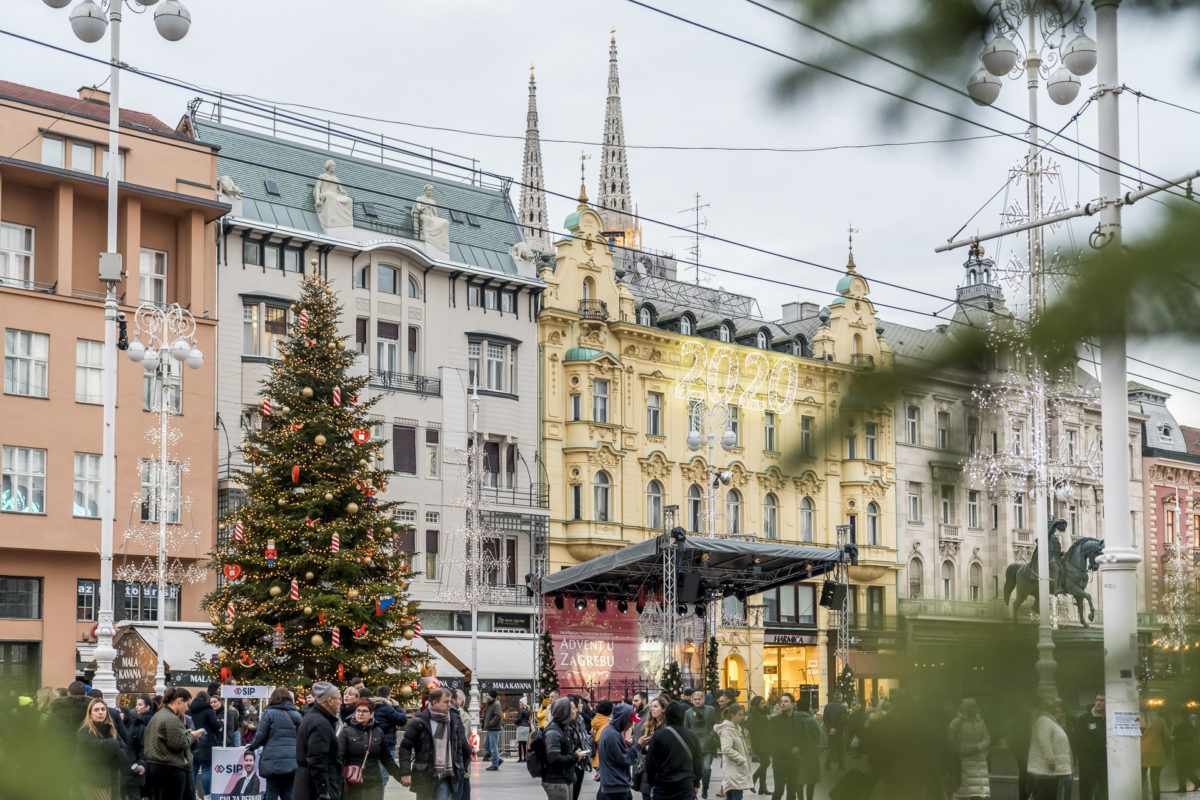
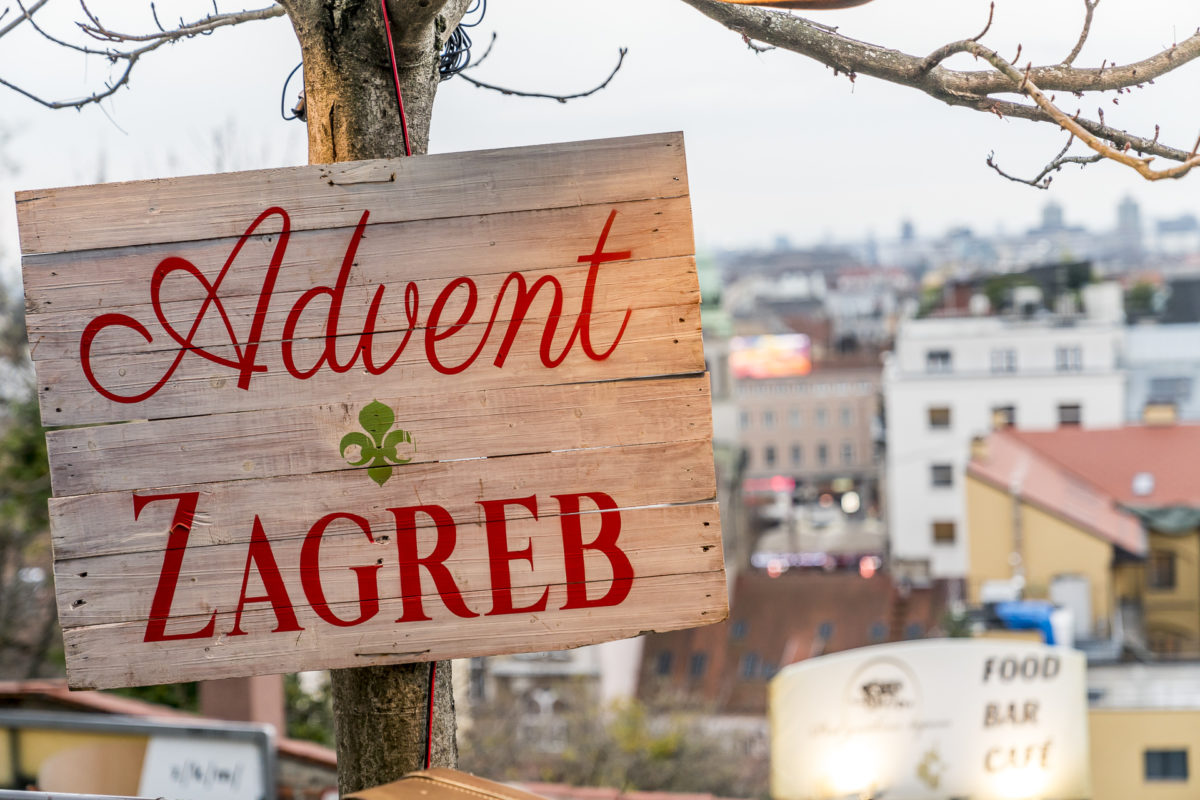
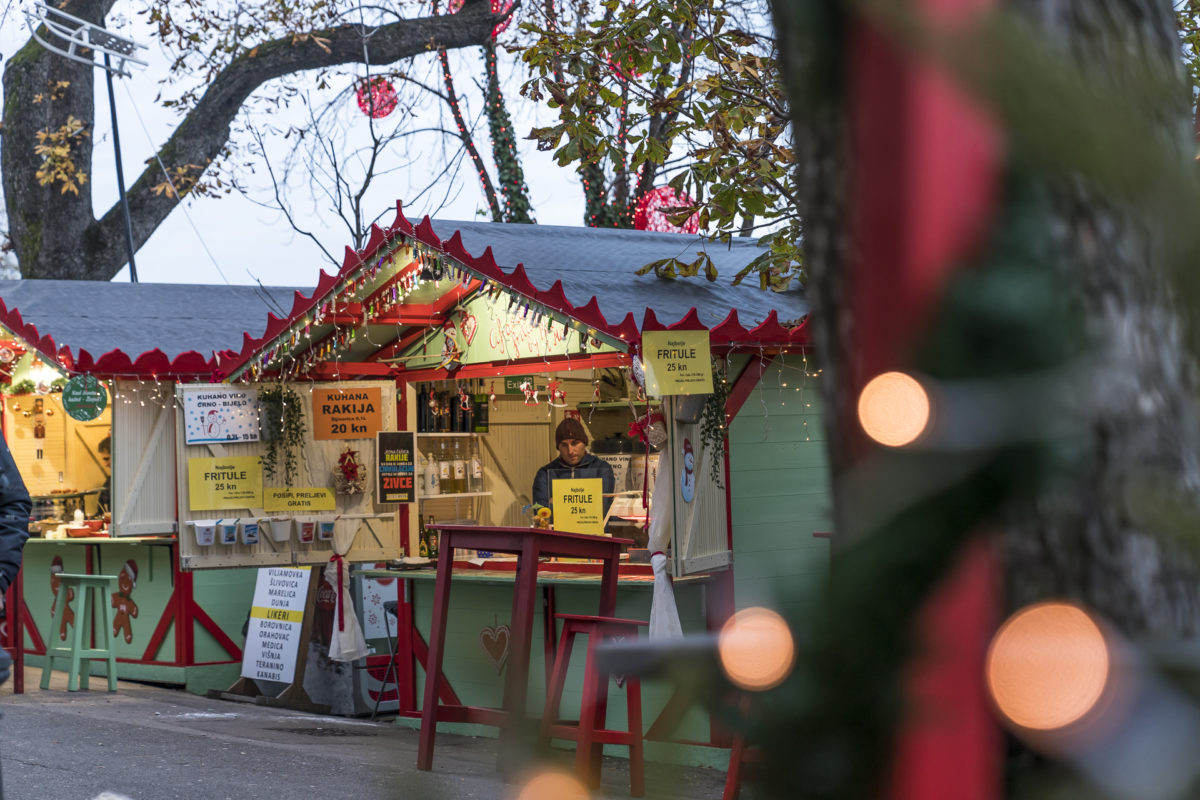
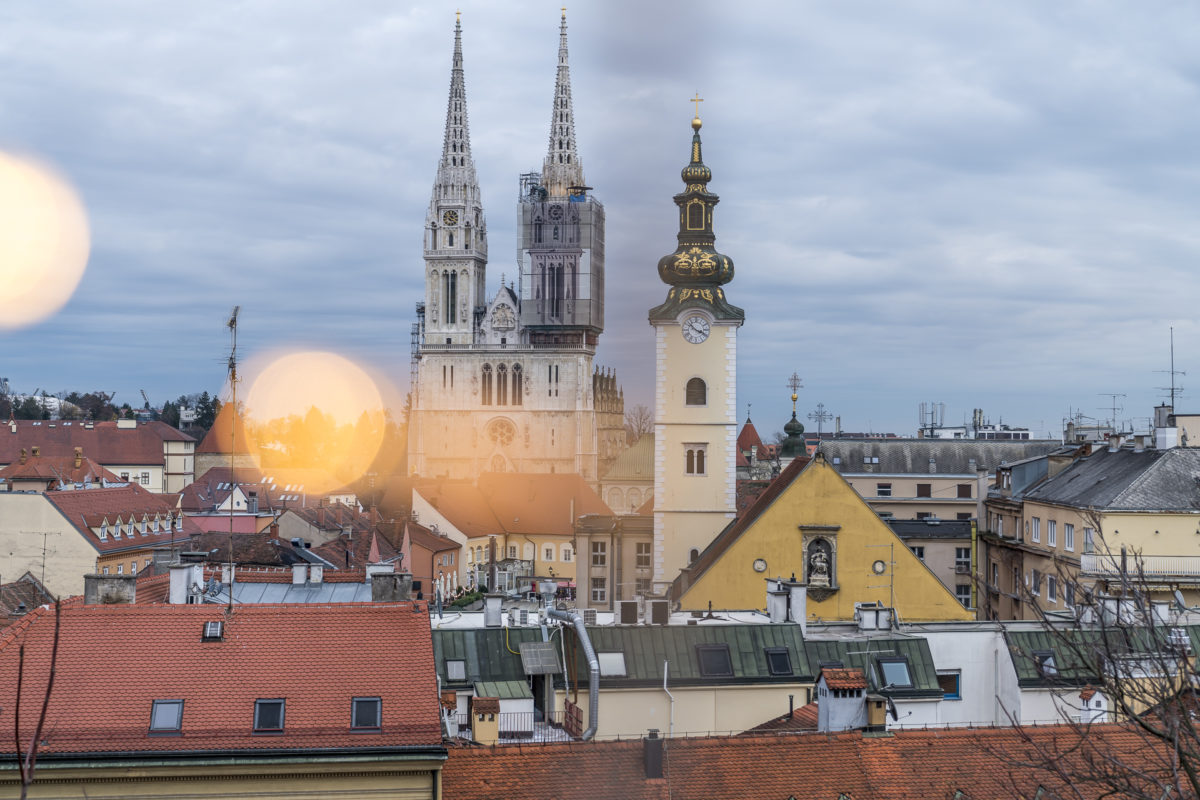

Also worthwhile is a detour into the underground of the old town. The Grič Tunnel, which was built as a shelter during the 2nd World War, is festively decorated during Advent.
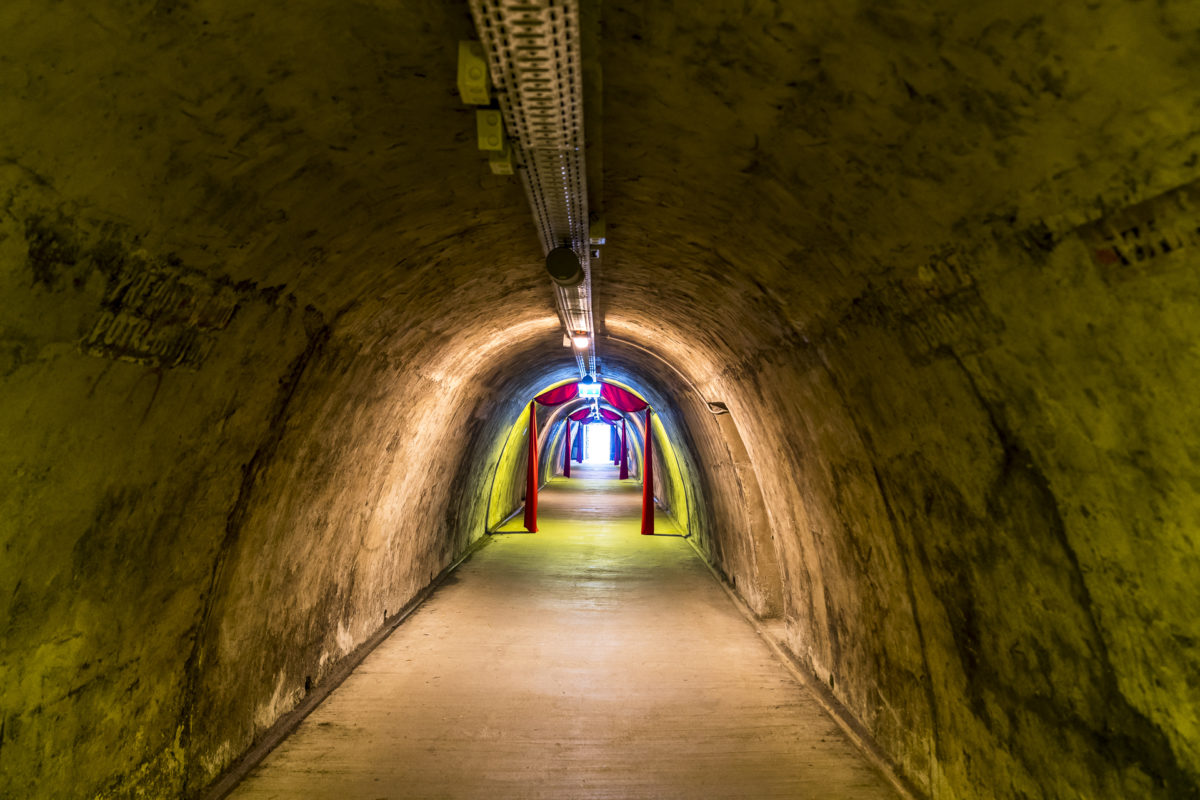
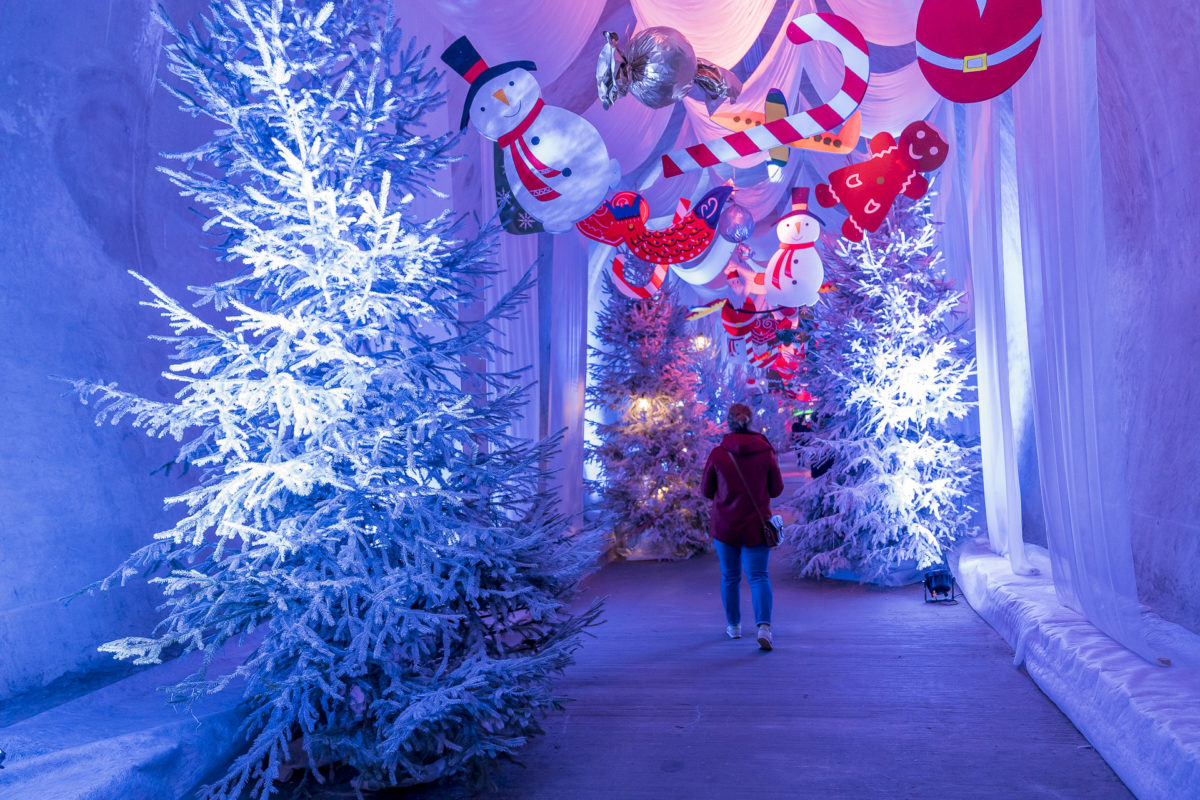
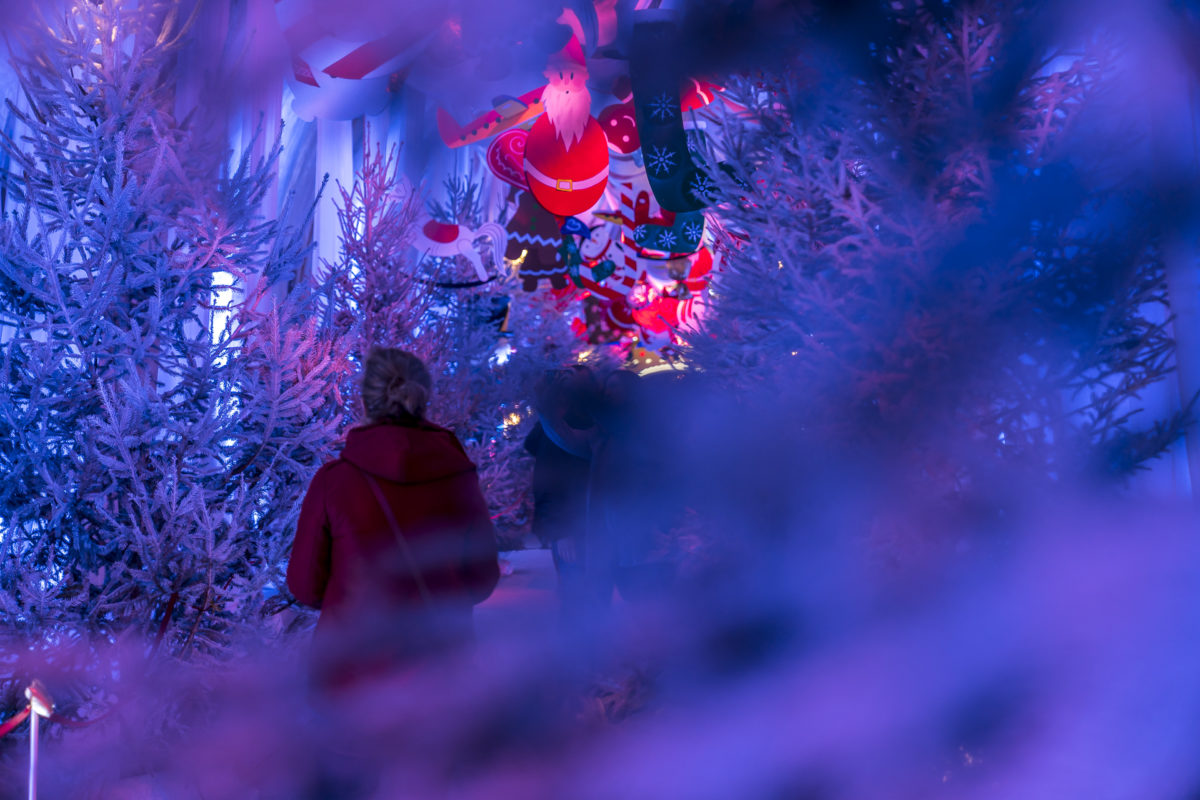
Accommodation tip for Zagreb:
We spent two nights at Hotel Esplanade (partner link) right next to Zagreb Central Station. This hotel is located right next to the train station in the city centre and within walking distance of the old town, as well as good value for money. We paid just under 250 CHF for a double room for the two nights.
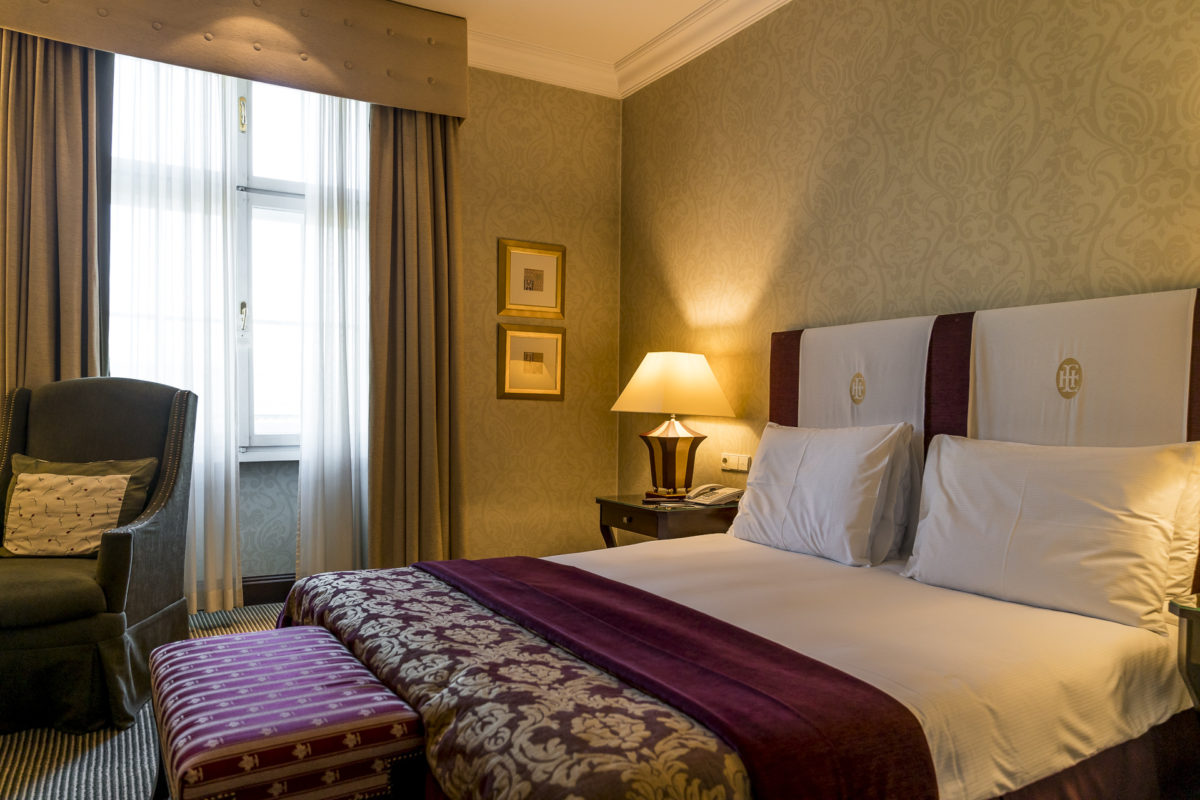
More practical tips for your city trip to Zagreb
- Croatia is part of the EU – a valid identity card is sufficient for Swiss citizens to enter the country (passport control takes place at the Slovenian/Croatian border when arriving with the Nightjet).
- Since 1 January 2023, the euro has also been used in Croatia – it replaces the previous national currency (kuna). In many places you can pay by card without any problems – it is still worth having some cash with you (or withdrawing it on site).
- We took the night train on Thursday evening and were in Zagreb on Friday afternoon. We started the return journey on Sunday evening.
- If you want to use public transport in Zagreb, you can buy tickets at official points of sale (ZET Ticket offices) or pay for the single bus ride directly from the driver (this is not possible on the trams). The tickets, which can be bought on the bus, cost 6 kuna* and are valid for a journey of 30 minutes. It’s best to have some change on hand. Here you can find more information about public transport: ZET
- Zagreb is also home to some hip coffee shops and cosy cafés. We can recommend the Quahwa and the Progam Bar at this point.
- Not to be missed sights in the Old Town are the Stone Gate and the photogenic St. Mark’s Church, which is probably one of the most popular photo motifs in Zagreb.
- If you want to get to know another facet of Zagreb besides the old town, I recommend a walk along the Martićeva ulica. Here you will find exciting architectural buildings, neighbourhood cafés and design shops. Nothing spruced up, but a lot of authentic corners and edges.
Map of places of interest in Zagreb
All sights, museums, viewpoints, cafés and restaurants mentioned in the article can be found in the map below. Have fun exploring Zagreb!


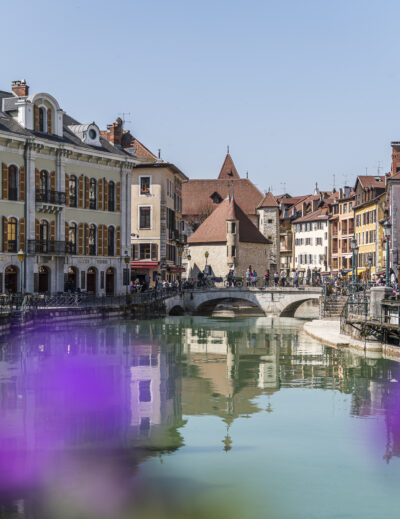
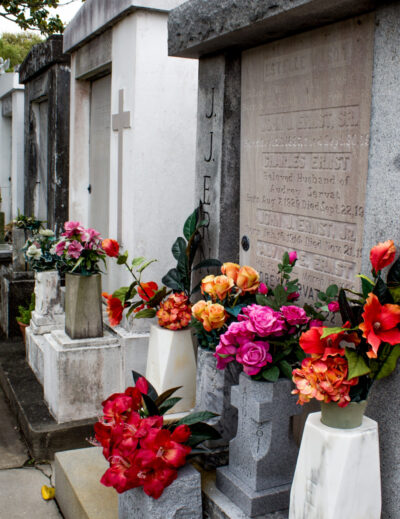
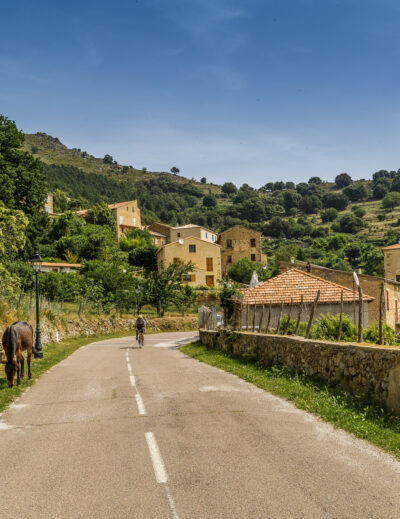
Leave a Reply